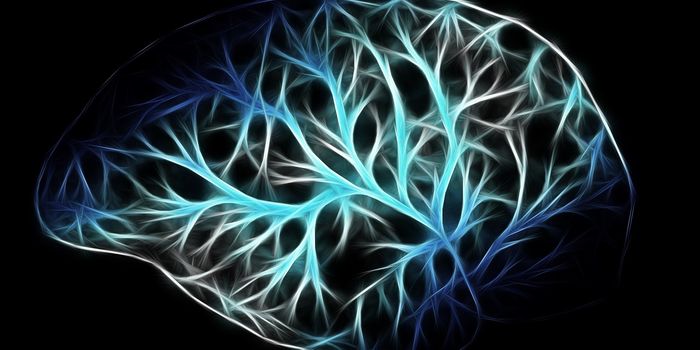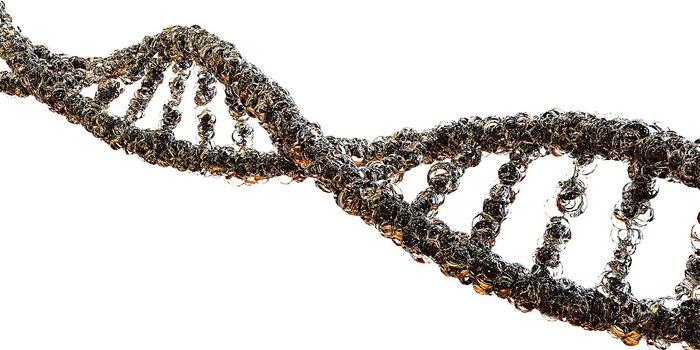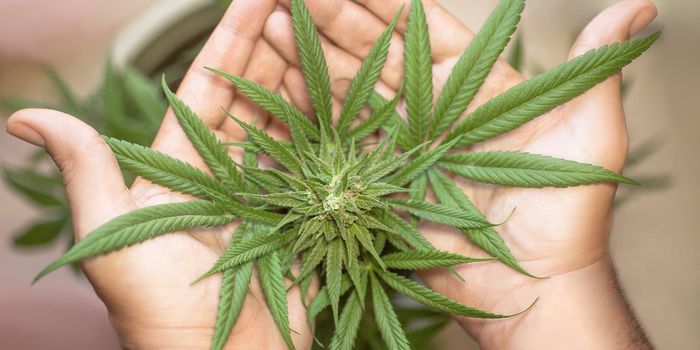Many of us are aware of the relatively new discovery of the endocannabinoid system (ECS). This is the system which is hijacked by the famous phytocannabinoid (i.e. from cannabis) compounds delta-9-tetrahydrocannabinol (THC) and cannabidiol (CBD). The reason why THC and CBD can affect our body and brain is that we have our own system of chemical messengers and receptors that make up the ECS to which THC and CBD can influence. Our ECS has two receptor types, cannabinoid receptors 1 (CB1) and 2 (CB2). What naturally activates these receptors? In the early 90s, a new neuromodulator (i.e. a neurotransmitter that modulates, or influences, how neurons respond to input) was discovered. This was called "anandamide". Ananda is Sanskrit for "bliss", and this chemical soon became known as the "blissful" or "bliss" molecule.
Photo source: unsplash.com
Marijuana has been used by humans for thousands of years. However, it was not until the 1960s that THC and CBD were first isolated from cannabis by Dr. Raphael Mechoulam of the Hebrew University of Jerusalem. (Interesting side note, Mechoulam's lab ensured that they had indeed isolated the psychotropic component of marijuana by ingesting it themselves, a scientific technique of a bygone era). Now that THC was isolated the question became "Well, why does this plant compound affect the human body?".
It was not until 1988 when Dr. Allyn Howlett and colleagues of St. Louis University Medical School discovered a receptor to which THC binds. This indicated that there was an endogenous system set up to respond to cannabinoid-like molecules. Following on the heels of the discovery of the ECS was the finding of the first endogenous cannabinoid anandamide by Dr. Mechoulam and Dr. Bill Devane in 1992.
Photo source: Pixabay.com
So, what does anandamide do? Well, it turns out that our ECS is involved in several biological systems, including the nervous system, cardiovascular system, and the endocrine system. It is involved in homeostatic processes to keep our bodies at a correct balance with regards to body temperature and serum pH. Neurologically speaking, there are also homeostatic processes in place to ensure that our emotions are in check. For instance, in response to a stressful situation, such as prolonged exercise or arguing with your boss, anandamide levels increase. This increase is thought to lessen some of the pain (physical or emotional) associated with stress in an attempt to bring our bodies and emotions back to normal levels. This ECS response is thought to be part of the runner's high that some experience during endurance races (next time you go for a run make sure to remind yourself that it could feel a whole lot worse without anandamide on board).
This homeostatic response by anandamide and the ECS as a whole is only one component of ECS functioning. Appetite, pain, motor coordination, and inflammation are just a few more examples of how the ECS is such an integral part of our physiology. Its ubiquity in the human body explains the myriad of effects of not only THC but also of CBD. As more research on the ECS is being conducted, we are not only learning more about the cannabis plant but are understanding more about our own physiology. Click on the link below for a video summing up what we know thus far about the "body's own marijuana system".
Cannabis and the endocannabinoid system
Sources: Science, Molecular Pharmacology, Cannabis Conversations, www.vice.com, YouTube.com
Title photo modified from unsplash.com










